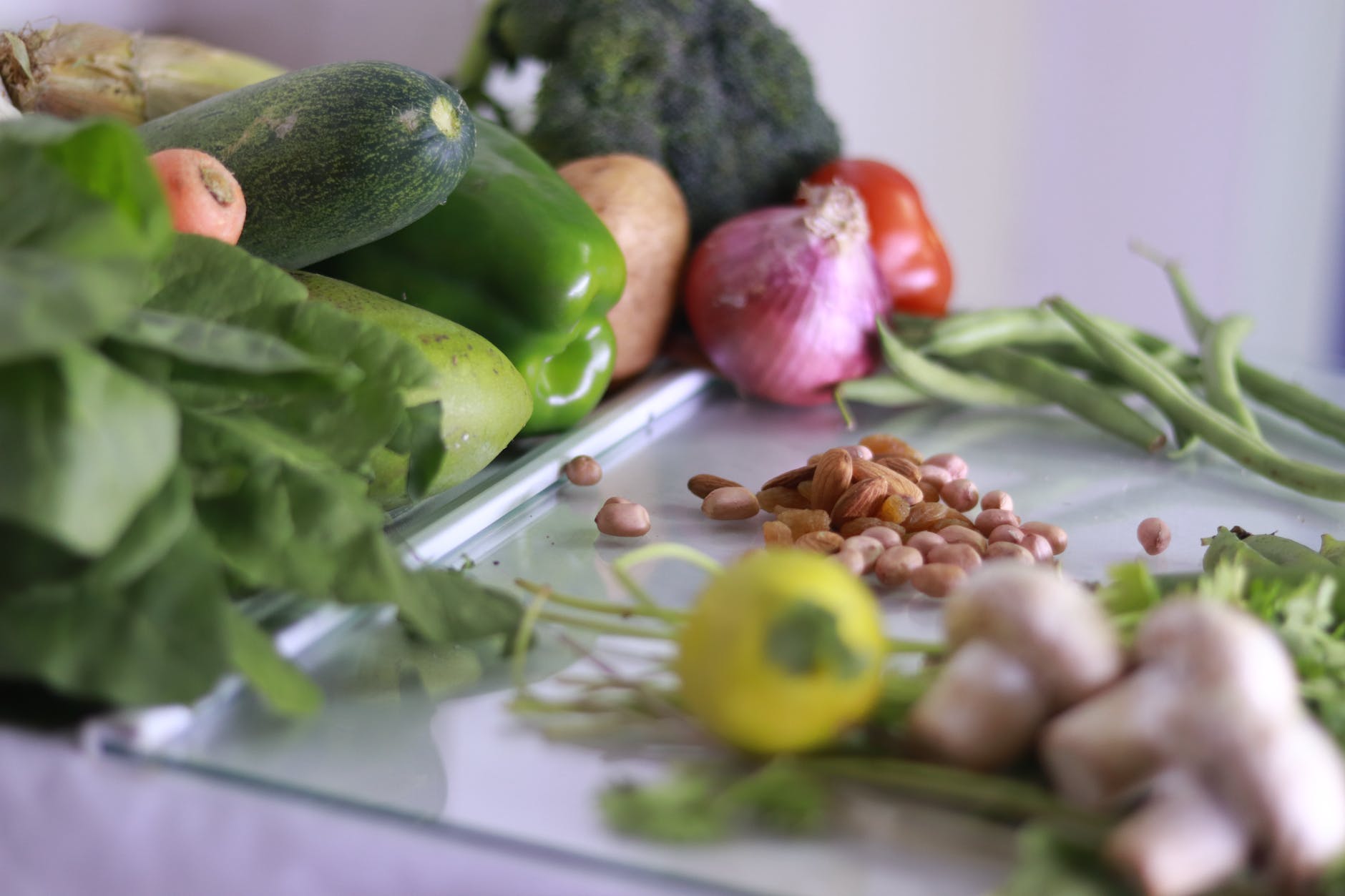
HEALTHY FOOD
Eating healthy is not just about watching the calories and shedding a few pounds; it is indeed the first step towards transforming your life for the better. It nurtures your body and mind, making it one of the best life-changing decisions. However, eating healthy does not have to mean sacrificing flavor. Food should always be appetizing and mouthwatering for a fulfilling experience. Cooking meals that are nutritious and bursting with flavors is often seen as a challenging task. So here are some tips to help you create delicious and wholesome meals in your kitchens like a seasoned chef.
The Art of Gentle Cooking
Cooking food at higher temperatures can cause various effects on your food, like loss of nutrients, changes in texture, and the formation of harmful compounds. However, cooking at low temperatures requires patience and accuracy, and the results are well worth it. This method allows flavors to gently merge and soften ingredients without the risk of burning or overcooking. One such widely used technique in kitchens is slow cooking, which preserves the nutritional value of food by cooking it on low and steady heat for a long period. It is a perfect technique to create wholesome meals like the richly flavored slow cooker charro beans recipe. This Mexican soul food uses protein- and fiber-packed dried pinto beans as a key ingredient, which is simmered with vegetables and spices in a chicken broth to create slow-cooked goodness. Cooked and diced bacon is added for richness and to enhance flavors. This recipe is a great way to introduce global flavors and can be enjoyed as a side dish or served as a main course with tortillas.
Keep it Simple and Healthy
The key to enjoying healthy and tasty meals is selecting the right ingredients and keeping it simple. Prioritize fresh and nutritious options when planning your meals and creating grocery lists. Cooking healthy doesn’t have to include complex menus. Indeed, nutritious and satisfying meals are easier to make. Explore easy-to-follow recipes like a five-ingredient turkey sandwich with avocado and hummus. This juicy sandwich recipe is filled with succulent turkey, creamy hummus, and ripe avocado and is the perfect example of how simple cooking and ingredients can be far from bland.
Here’s how you can prepare this simple yet healthy sandwich:
Take two whole wheat bread slices, half an avocado (sliced), three tablespoons of hummus, sliced deli turkey (3 oz), and a quarter of a small cucumber (thinly sliced).
If you’re more of a toast person, toast the bread, spread the hummus, and add the remaining ingredients. That’s it! How simple was that?
Choose low-fat Cooking Techniques
Choosing cooking methods that minimize the use of excessive fats and oils can help reduce the calorie count of your food without compromising on taste. Techniques like baking, steaming, grilling, stir-frying, boiling, and poaching are excellent choices for people in search of healthy and low-fat recipes. Grilled lemon-herb chicken is another hearty recipe. The chicken is marinated with lemon, herbs, and spices before grilling to eliminate fats that drip away on the grill, leaving you with lean and delicious meat to savor with a side of your favorite stir-fried greens.
Eat Clean
Clean eating is a dietary approach centered on the consumption of whole, unprocessed foods while limiting the intake of highly processed items that are full of additives, excessive sugars, or sodium. The purpose is to promote well-being and reduce the chances of chronic diseases by giving preference to natural ingredients. Clean eating offers the opportunity to incorporate healthier, natural substitutes, all without compromising on taste. Here are some suggestions for embracing a clean eating lifestyle:
Fresh Ingredients: Choose fresh vegetables and fruits for a flavorful foundation for dishes like a simple fruit and vegetable salad that is packed with vitamins, minerals, fibers, and antioxidants with added ingredients like seeds and nuts to satiate your appetite.
Herbs and Spices: Use a wide variety of herbs and spices to season and flavor dishes. These natural flavor enhancers can make meals incredibly tasty without relying on excessive salt, sugar, or artificial additives.
Read Labels: When shopping for packaged foods, take a close look at the labels. Opt for products with minimal ingredients, no added sugars, and reduced sodium content.
Cook at Home: Preparing your meals at home allows you control over the ingredients.
Lean Protein Choices: Choose lean sources of protein like poultry, fish, tofu, beans, and legumes over fatty cuts of meat.
Natural Sweeteners: Choose natural sweetening agents such as honey, maple syrup, or agave nectar as alternatives to refined sugars. These options infuse recipes with sweetness while introducing depth and complexity to the flavors.
Use Healthy Fats: Let’s replace those saturated and trans-fats with healthier options. You could opt for olive oil, avocado, and nuts. These fats are way better for heart health and also provide a richness and depth of flavor to food.
Go moderate: Clean eating focuses on healthy recipes, but it’s perfectly acceptable to occasionally indulge in treats, as long as it’s done in moderation.
Balanced Combinations: Clean eating encourages the use of nutrient-rich ingredients that complement each other. The balance of flavors and textures in a well-crafted, clean-eating meal can be incredibly satisfying.
Portion Control
Thanks to relaxed, everyday nourishing routines and the convenience of readily available food, it is easy to over-indulge. Whether it’s a family dinner or a late-night Netflix snack, we end up eating way more than our bodies need. Portion control is a powerful solution to this problem. It helps us to be mindful of our meals and to keep a check on our health. Here are some ways to practice portion control in your daily eating habits:
Small Plates: Eat your meals on small plates to cut down on the amount you serve yourself. Smaller plates naturally lead to smaller portions, making it easier to avoid overeating.
Balanced Plates: Divide your plates into sections. Fill half with veggies, one quarter with lean proteins like chicken or tofu, and one-quarter with whole grains for a well-rounded meal.
Measure and Weigh: Consider investing in measuring cups and a kitchen scale. These tools enable you to accurately measure serving sizes, ensuring that you stay within your desired calorie and nutrient intake.
Mindful Eating: Eat slowly, savor each bite, enjoy flavors and textures, and pay attention to your body to avoid over-eating.
Wrap up
Meal preparation becomes a challenge with so many things occupying our time and energy each day. However, healthy meals at home are possible with a smart approach. Whether you are cooking alone or with loved ones, make sure you incorporate the tips above to ensure that the food you all eat is healthy and tasty. Use the tips above to create delicious and nutritious meals to prioritize your well-being and that of everyone in your family. Happy Cooking!






